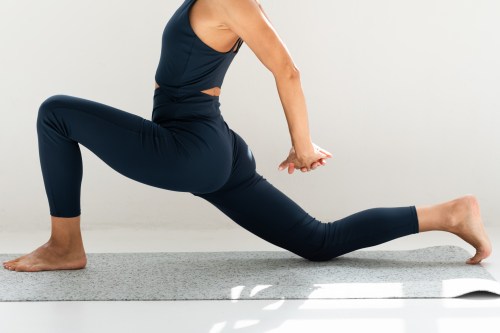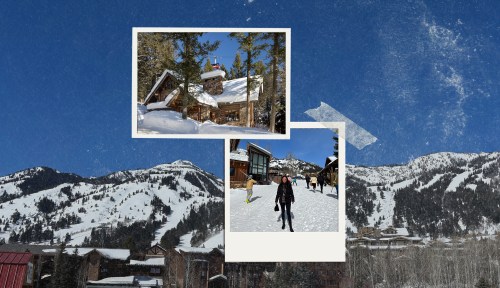It’s no secret that an exercise-induced chemical-rush can make you Pharrell-level “Happy.” After all, the relationship between working out and squashing feelings of depression and anxiety is one that’s been studied with impressive frequency. Yet in some cases, exercise can make you feel a little less “on top of the world” and a little more “in a cave”. Specifically: in the pain cave.
In case you haven’t been acquainted with this phrase, the pain cave is the physical and mental dark place that athletes enter while training for or competing in a race. It’s widely referenced by long-distance runners and CrossFit athletes alike and recently even HIIT fans have come to use the term thanks to the even higher intensity of the workouts hitting the scene.
“Normal pain” like an everyday sugar-headache or period cramps waxes and wanes in intensity—same goes with the feeling of being out of breath or doing one-too-many burpees. You book a massage or set your alarm for an hour later the next day and move on. In the pain cave, the sensation radiates and is unrelenting. And TBH, it needs to stop.
As a culture we celebrate the rigor with which athletes compete—even when it’s to the detriment of their bodies. We front-page the agonies of athletes who, like gymnast Kerri Strug, suffer through broken bones to take home gold during the Olympics. We like make viral sensations out of athletes like “Rugby War Goddess” Georgia Page for competing through the pain of a broken nose. We’re mesmerized by the mental and physical agility of ultra-marathoners and Ironman competitors.
When professional athletes enter the pain cave, they show spectators how bad they want it; when we enter into the pain cave, we show ourselves our own ability to endure.
“It takes a certain level of mental fortitude to get to this point. For most beginner lifters or athletes, they might not be able to work at a high enough intensity to get to the pain cave. The more experienced you are, the easier it will get to attain this level of intensity,” says certified personal trainer Danny Omokha. “I see less experienced athletes and exercisers give up before they’d hit this place. Because you’re not able to reach it if your body hasn’t been conditioned or prepped.” That’s a good thing.
My Crossfit coach Ian Berger tells me he’s noticed that people who didn’t grow up playing competitive, high-intensity sports have a hard time getting into the pain cave because the systems in our body work together to protect us from that kind of pain. Longtime athletes, on the other hand, are well accustomed. So considering that my wellness resume reads tracklete turned marathoner and college rugby player turned semi-competitive CrossFit athlete, I know a little something about the grueling sensation.
Inside this just-push-through-it mindset, I find myself hoping that the pain will bring me closer to myself. I use it as a litmus test for physical strength—Am I strong enough to get through this?—and a metaphor for emotional agility—If I can handle this pain, I can certainly master the pain of heartbreak. In other words, when professional athletes enter the pain cave, they show spectators how bad they want it; when we enter into the pain cave, we show ourselves our own ability to endure.
In 2017, researchers at the University of Cardiff in Wales studied why exactly people enjoy exercising so intensely that it actually hurts. “Pain brings the body into sharp focus, allowing individuals to rediscover their corporeality,” the study reads. “By flooding the consciousness with gnawing unpleasantness, pain provides a temporary relief from the burdens of self.”
Sure, going hard during a workout is a can be a healthy way to recenter and get in touch with your body. But there’s a thin line between training competitively and damaging your body. Working out with the intention of walking into a cavern of unrelenting hurt can put undo stress on your body leading to injury and a failure to truly nourish your whole self. There’s no one-size-fit-all solution, and while it may sound cliche, Omokha suggests listening to what your body needs. Sometimes it feels good to push yourself to another level, but other times, a rest day or low-intensity workout will feel even better.
Here’s what the rise of HILIT (high-intensity, low impact) may mean for your sweat sessions. And BTW, here’s how long you have to workout for the “high” to kick in.
Sign Up for Our Daily Newsletter
Get all the latest in wellness, trends, food, fitness, beauty, and more delivered right to your inbox.
Got it, you've been added to our email list.











